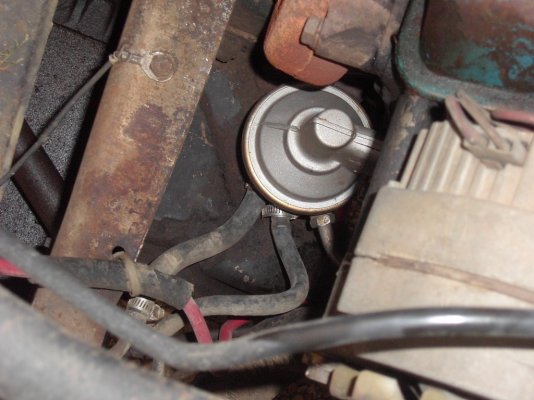Logbed
Full Access Member
- Joined
- May 31, 2022
- Posts
- 59
- Reaction score
- 45
- Location
- Europe
- First Name
- Caleb
- Truck Year
- 1985
- Truck Model
- C10 Silverado Longbed
- Engine Size
- 334
I'm in a process of swapping the engine. My previous engine and fuel pump did not use the return line. Actually I just found the line was open, sort of a breather for the tanks? Now I could either put a pump without a return and just plug the line, or put a pump with a return and connect it to the line? I just wonder whether the return is leak free? Other potential problems from using the line that I seemingly did not need before. Mechanical pump is the choise but what would you do with the return?


